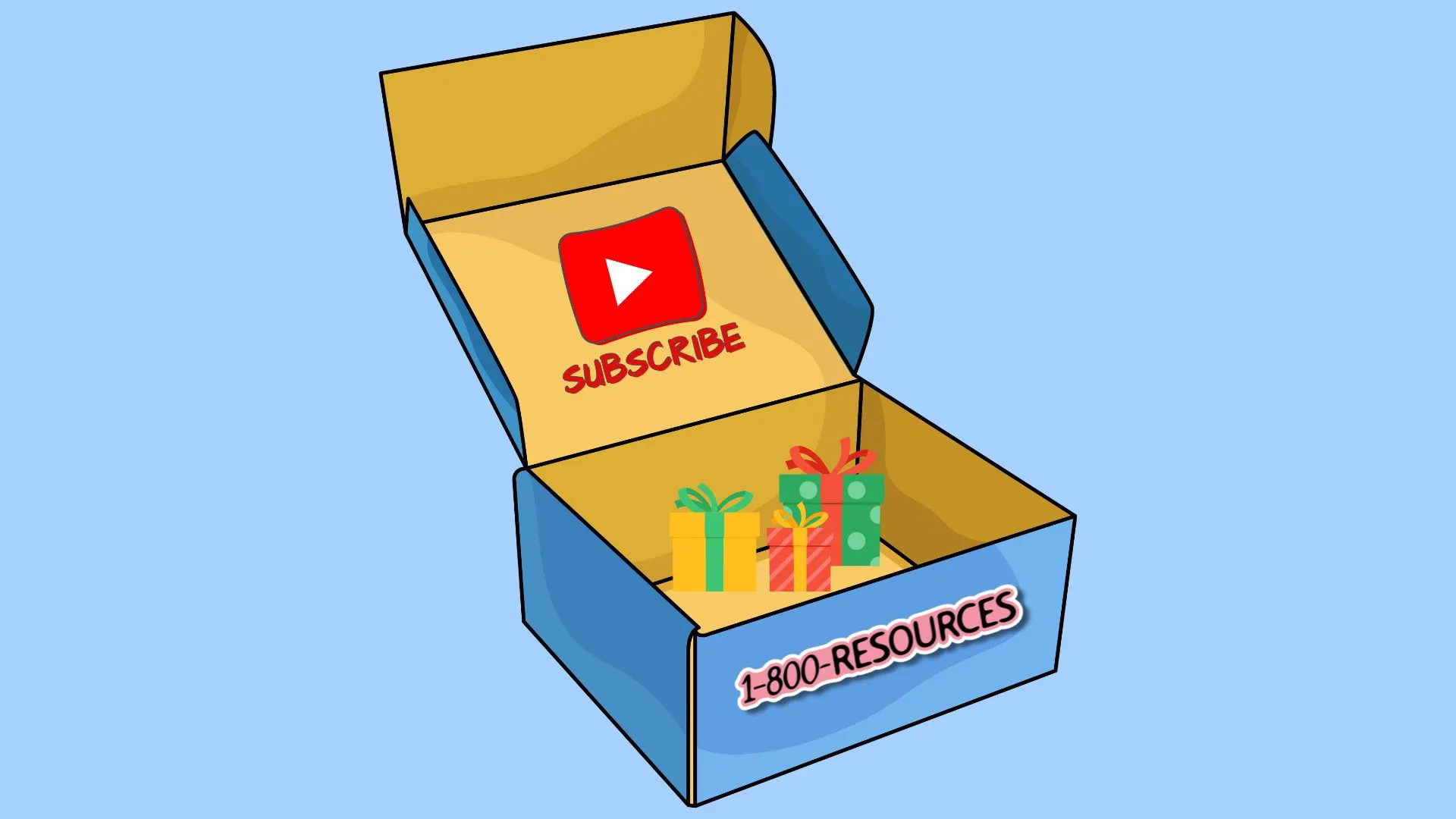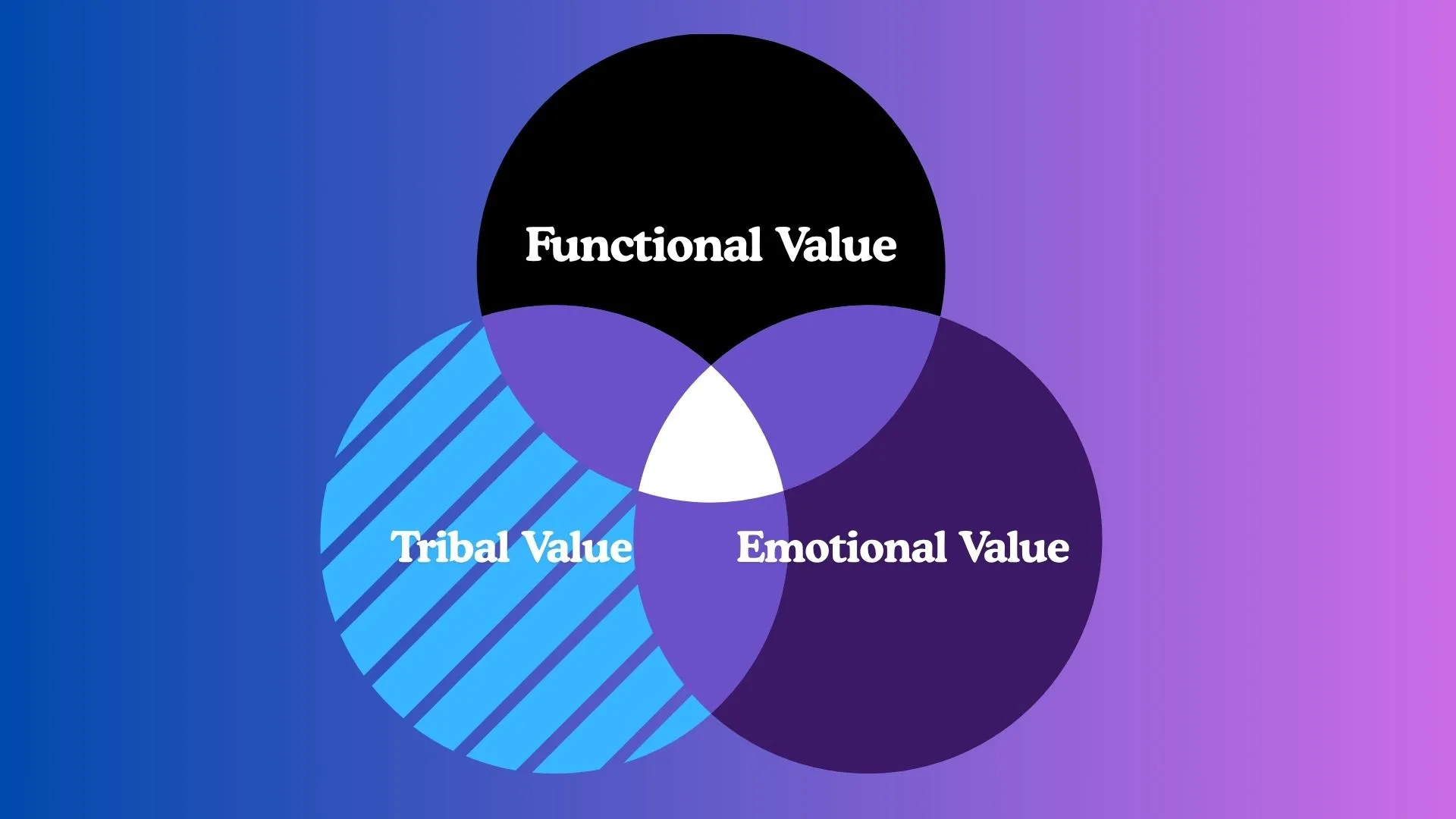
The subscription economy keeps compounding, and recurring revenue models continue to pave the way for D2C brands around the world. Consumers now spend billions each year on curated boxes alone, with beauty, food, and hobby niches leading the charge (and the trends). That predictable monthly revenue, richer first-party data, and brand community are the bread and butter for D2C founders.
However, pumping out boxes that launch without the right economics or story often flame out in months. Use this 1-800-D2C brand operator’s guide to decide whether a subscription model fits your brand and, if it does, how to roll one out without stepping on the land mines seasoned founders share every day in r/ecommerce.
[single-inline-tool]
Run the five-point fit test before writing a single line of code:
If any answer is “no,” step back. A single-SKU gadget, for example, rarely converts to a compelling box unless you can layer in accessories or refills.
[cta-btn title="Build Your Brand And Become A Member" link="/membership-pricing"]

Try hyper-specific. “Rejuvenating peptide serums” beats “beauty.” Validate demand with Google Trends, Amazon search suggestions, and sentiment analysis inside niche social media groups. A quick scan of Cratejoy’s marketplace can confirm whether competitors are thriving or discounting heavily to survive.
Map every cost line, including product, inserts, filler, branded mailer, pick-and-pack, shipping, a 1.25%–1.5% processing uplift, many providers now tack on for recurring payments. Aim for 40%+ gross margin so you can absorb churn and promos. Tiered pricing (standard, deluxe, annual pre-pay) not only widens your funnel but also locks in cash flow; Reddit threads and forums with founders routinely note that annual subscriptions cut churn in half.
Curate a mockup subscription box with the exact retail value you’ll ship on day one—no “press samples.” Photograph a flat lay, an in-hand shot, and an unboxing sequence; these assets become your ads and landing page. Resist automating curation: Reddit threads hammer brands that brag about AI-selected items. Algorithmic creative for ads is fine, but the products must feel hand-picked.
Set one simple KPI: Wait-list to paid conversion above 10%. Build a landing page (Shopify + ConvertKit works) and drip a countdown sequence showing sneak peeks, supplier interviews, or colorway votes. Early engagement with your gift box signals future retention; if your open rate stays below 25%, revisit the offer and subscription box before launch.
Shopify, Recurpay, or Loop is the default for D2C brands that want complete control of checkout. Marketplace platforms such as Cratejoy supply built-in traffic but charge higher fees and, as Amazon’s shuttered Subscription Box directory proved this year, can disappear overnight. Own the customer relationship and treat marketplaces as top-of-funnel, not home base.
Define three dates and publish them everywhere: order cut-off, bill date, ship window. In-house fulfilment works until ~400 boxes/month; after that, a 3PL like ShipBob or Airhouse pays for itself in saved errors and Saturday shifts. With USPS preparing to ban the dual UPS/USPS labels many consolidators rely on, budget a buffer or renegotiate rates today if you’re using SurePost or SmartPost hybrids.
Print a final QA checklist that covers contents, expiration dates, weight compliance, personal notes, and surprise items. Send tracking numbers as soon as labels are generated; “where’s my box?” tickets balloon churn. Brands piloting same-day delivery via Walmart GoLocal or local couriers report 20%-plus higher trial-to-paid conversion when that inaugural box lands within 24 hours, especially for last-minute gifts. Test it if you sell in dense metro areas or saturated market verticals.
Survey subscribers with an NPS email 10 days post-delivery, then publish next month’s theme based on top feedback. Offer an easy downgrade to bi-monthly shipments—one founder on Reddit salvaged 30% of cancellations this way. Finally, pad your P&L for the “subscription squeeze”: Klarna, Amazon Pay, and other gateways continue to hike recurring-transaction fees by 10-15 basis points each year.
A subscription box can transform lumpy one-off sales into dependable monthly revenue but only when product, margin, and story align. Use the framework above, sanity-check each assumption, and remember that delaying an ill-timed brand launch is cheaper than rescuing a broken one six months later.
[inline-cta title="Discover More With Our Resources" link="/resources"]

Recurpay helps Shopify and D2C brands launch and manage flexible subscription models in minutes. With features like "Subscribe & Save," build-a-box, prepaid plans, and seamless customer portals, Recurpay boosts recurring revenue and retention without adding tech complexity. Powering 10,000+Shopify brands across 98+ countries.



